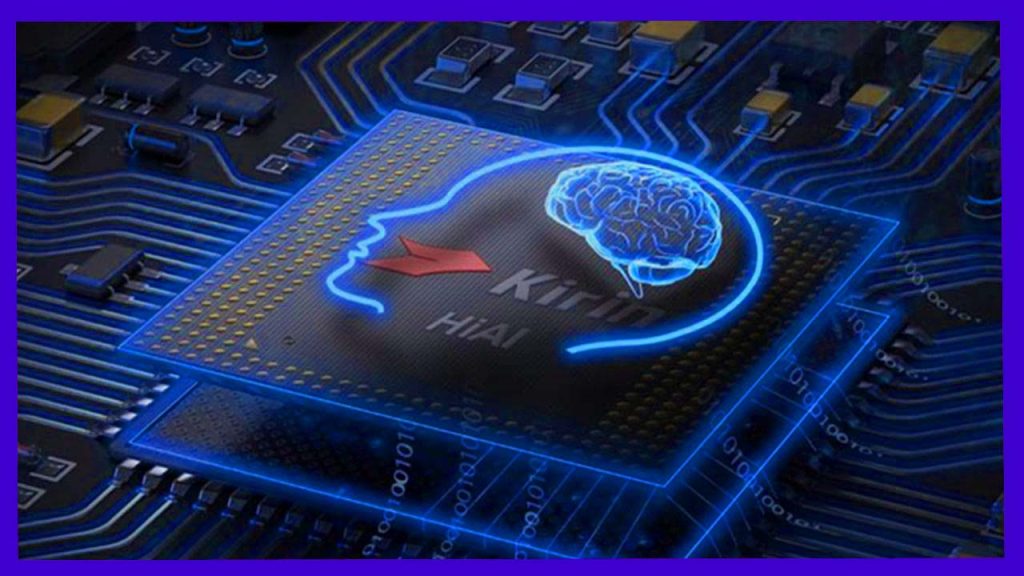
Kirin processor:
The Kirin processor series is developed by Huawei’s semiconductor subsidiary, HiSilicon. The Kirin chips are primarily used in Huawei and Honor smartphones and other devices.
Here are some common features found in Kirin processors:
- Custom Architecture: Huawei’s semiconductor subsidiary, HiSilicon, designs Kirin processors, tailoring architectures to suit Huawei’s devices.
- Multi-Core CPU: Kirin processors typically feature multi-core CPUs (Central Processing Units) for handling various tasks and applications efficiently.
- GPU: These processors integrate GPUs (Graphics Processing Units) to handle graphical tasks such as gaming, video playback, and UI rendering.
- Neural Processing Unit (NPU): Many Kirin chips include dedicated NPUs for AI (Artificial Intelligence) tasks, enabling features like advanced photography, voice recognition, and more efficient power management.
- Modem Integration: Some Kirin chips integrate 5G or 4G LTE modems, offering fast mobile data speeds and reduced power consumption compared to using separate modem chips.
- Advanced Manufacturing Process: Kirin processors often utilize advanced semiconductor manufacturing processes to improve performance, power efficiency, and thermal management.
- Security Features: Huawei emphasizes security in its Kirin processors, incorporating features like secure boot, hardware-level encryption, and isolated security zones to protect user data.
- Optimized Power Management: Kirin processors include power-saving technologies to optimize battery life, such as dynamic voltage and frequency scaling, and low-power modes.
- High-Performance Computing: Kirin processors are designed to deliver high performance for demanding tasks like gaming, multimedia processing, and multitasking.
- Integration with Huawei Ecosystem: Huawei optimizes these processors to seamlessly integrate with its software and hardware ecosystem, ensuring a smooth user experience across devices.
- Camera Enhancements: Kirin chips often include dedicated image signal processors (ISP) for camera processing, enabling features like multi-camera setups, advanced image processing, and enhanced low-light performance.
- Connectivity: Apart from modem integration, Kirin processors support various connectivity options like Wi-Fi, Bluetooth, NFC (Near Field Communication), and GPS (Global Positioning System) to enable diverse use cases.
These features contribute to the overall performance, efficiency, and functionality of devices powered by Kirin processors, making them popular choices for Huawei and Honor smartphones and other devices.
- Optimized Performance:Kirin processors optimize performance for various tasks, including gaming, multimedia consumption, and multitasking, by tailoring their architecture and hardware configurations to deliver smooth and responsive user experiences.
- Efficient Power Management: Huawei focuses on power efficiency in Kirin processors, allowing for longer battery life compared to some competing chips. Advanced power-saving technologies help minimize energy consumption without sacrificing performance, contributing to improved device endurance.
- AI Capabilities: Many Kirin chips feature dedicated Neural Processing Units (NPUs) for AI tasks. These NPUs enable advanced AI features such as intelligent photography, voice recognition, language translation, and more. The integration of AI enhances user experience by providing personalized and intuitive functionalities.
- Customization and Integration:Since Huawei designs both the hardware and software for its devices, it can tightly integrate Kirin processors with the rest of the device’s components and software ecosystem.This integration allows for optimized performance, seamless operation, and efficient resource utilization.
- Security Features: Kirin processors incorporate robust security features to safeguard user data and enhance device security. These features include secure boot mechanisms, hardware-level encryption, and isolated security zones, ensuring data privacy and protection against cybersecurity threats.
- Camera Enhancements: Huawei often equips Kirin processors with dedicated image signal processors (ISP) to enhance camera performance. These processors support advanced camera functionalities such as multi-camera setups, improved low-light performance, real-time HDR processing, and AI-powered scene recognition, resulting in high-quality photography and videography experiences.
- Connectivity Options: Kirin processors support a wide range of connectivity options, including 5G, 4G LTE, Wi-Fi, Bluetooth, NFC, and GPS. This enables users to stay connected and access high-speed internet, seamless wireless communication, and accurate location services.
- Innovative Features: Huawei continuously innovates with Kirin processors, introducing new features and technologies to enhance user experience. These innovations may include improved processing capabilities, enhanced AI functionalities, augmented reality (AR) support, and advanced gaming features.
Overall, Kirin processors offer a compelling combination of performance, efficiency, AI capabilities, security features, and innovative functionalities, making them popular choices for Huawei and Honor devices.
Disadvantages:
- Availability of Components: Geopolitical tensions and trade restrictions have limited Huawei’s access to essential components and technologies for chip manufacturing. This could lead to challenges in producing new Kirin processors and supplying them to the market, potentially resulting in supply shortages or delays.
- Lack of Google Services: Many Huawei devices powered by Kirin processors do not come with Google Mobile Services (GMS) pre-installed. This absence limits access to popular Google apps and services, such as Gmail, Google Maps, YouTube, and the Google Play Store, outside of China.
- Compatibility Issues:
- Market Share Decline: With Huawei’s declining market share in the smartphone industry, developers and manufacturers may prioritize optimization and compatibility with chips from other vendors. As a result, there may be a smaller ecosystem of apps and accessories tailored specifically for Kirin-powered devices, potentially limiting the variety and availability of software and hardware options.
- Limited Developer Support: Developers may face challenges in optimizing their apps and games for Kirin processors, especially if they are unfamiliar with Huawei’s hardware and software ecosystem. This could lead to slower adoption of new features and technologies introduced in Kirin-powered devices, potentially impacting the overall user experience.
- Uncertain Future: The future of Huawei’s semiconductor business, including its ability to develop and produce Kirin processors, remains uncertain due to ongoing regulatory challenges and trade restrictions. This uncertainty could affect long-term support and development for Kirin-powered devices, potentially impacting their resale value and longevity.
- Software Update Delays:Restrictions imposed on Huawei’s access to Google’s Android ecosystem may affect Huawei’s ability to provide timely software updates, including security patches and new Android versions.This could result in delays in receiving important updates and features for Kirin-powered devices, potentially impacting their overall usability and security.
It’s important to note that the specific disadvantages may vary depending on individual user preferences, geographical location, and the evolving regulatory landscape affecting Huawei and its products.
